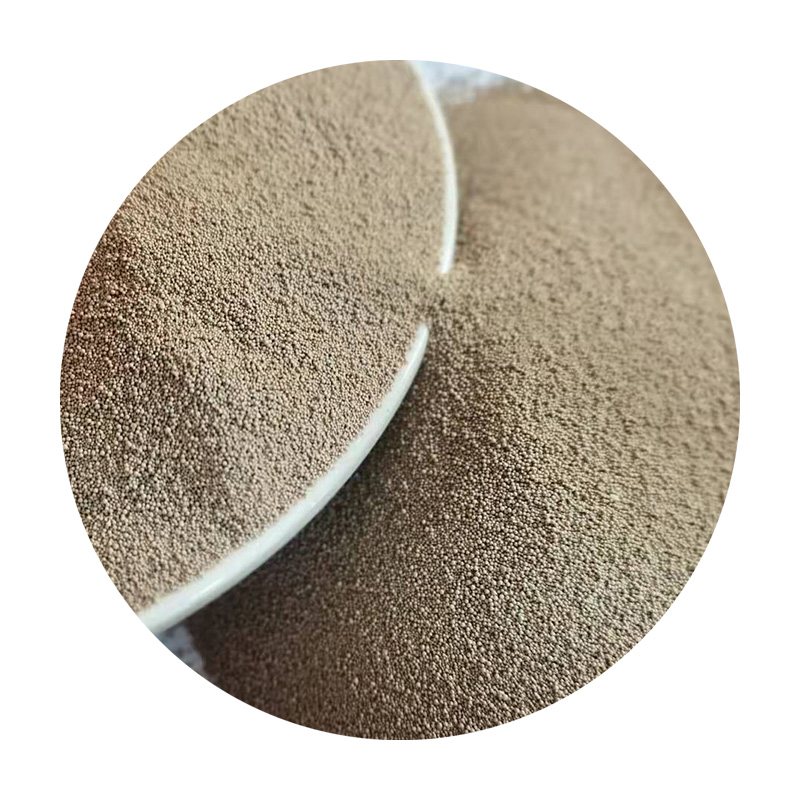The Market Dynamics of Ceramic Sand Prices
Ceramic sand, also known as foundry sand, is a high-performance material that has garnered attention in various industries, particularly in construction, ceramics, and oil and gas extraction. Its unique properties, such as high thermal resistance and excellent chemical stability, make it an ideal choice for a range of applications, from creating molds and cores in metal casting to serving as a proppant in hydraulic fracturing. Over the past few years, the price of ceramic sand has seen notable fluctuations due to various market dynamics.
The Market Dynamics of Ceramic Sand Prices
Additionally, the geographical distribution and availability of raw materials used in the production of ceramic sand play a significant role in its pricing. Regions rich in kaolin and other clay minerals, which are essential for producing ceramic sand, might see stable prices, while areas with scarcity may experience spikes due to transportation costs and limited availability. Furthermore, economic factors such as inflation and currency fluctuations can also impact the production costs and, subsequently, the market price of ceramic sand.
ceramic sand price

Technological advancements have the potential to alter market prices as well. Innovative manufacturing techniques that improve the efficiency of ceramic sand production can lower costs and stabilize prices over time. Companies are investing in research and development to enhance the quality of ceramic sand while reducing production waste and energy consumption. As these technologies mature and become more widely adopted, they may lead to a decrease in prices, making ceramic sand more accessible to various industries.
Another important consideration is regulatory factors. Environmental regulations concerning mining and production processes can affect the availability of raw materials for ceramic sand. Stricter regulations may lead to higher compliance costs for manufacturers, which can be passed on to consumers in the form of elevated prices. On the other hand, initiatives promoting sustainable practices might encourage the use of recycled materials, potentially easing some of the pressure on pricing.
Finally, the global economic climate also plays a crucial role. Economic downturns or crises can drastically reduce demand across multiple sectors, leading to lower prices for ceramic sand as manufacturers attempt to offload excess inventory. Conversely, a booming economy can lead to increased construction projects and industrial activity, driving prices up.
In conclusion, the price of ceramic sand is influenced by multifaceted factors, including supply and demand dynamics, production costs, technological advancements, regulatory pressures, and the broader economic environment. As industries continue to evolve and the market adapts to new realities, stakeholders must stay informed to navigate the complexities of ceramic sand pricing effectively. Understanding these factors will be essential for businesses and consumers alike as they make decisions based on market trends.
Post time:Septemba . 15, 2024 21:04
Next:lost foam casting applications
